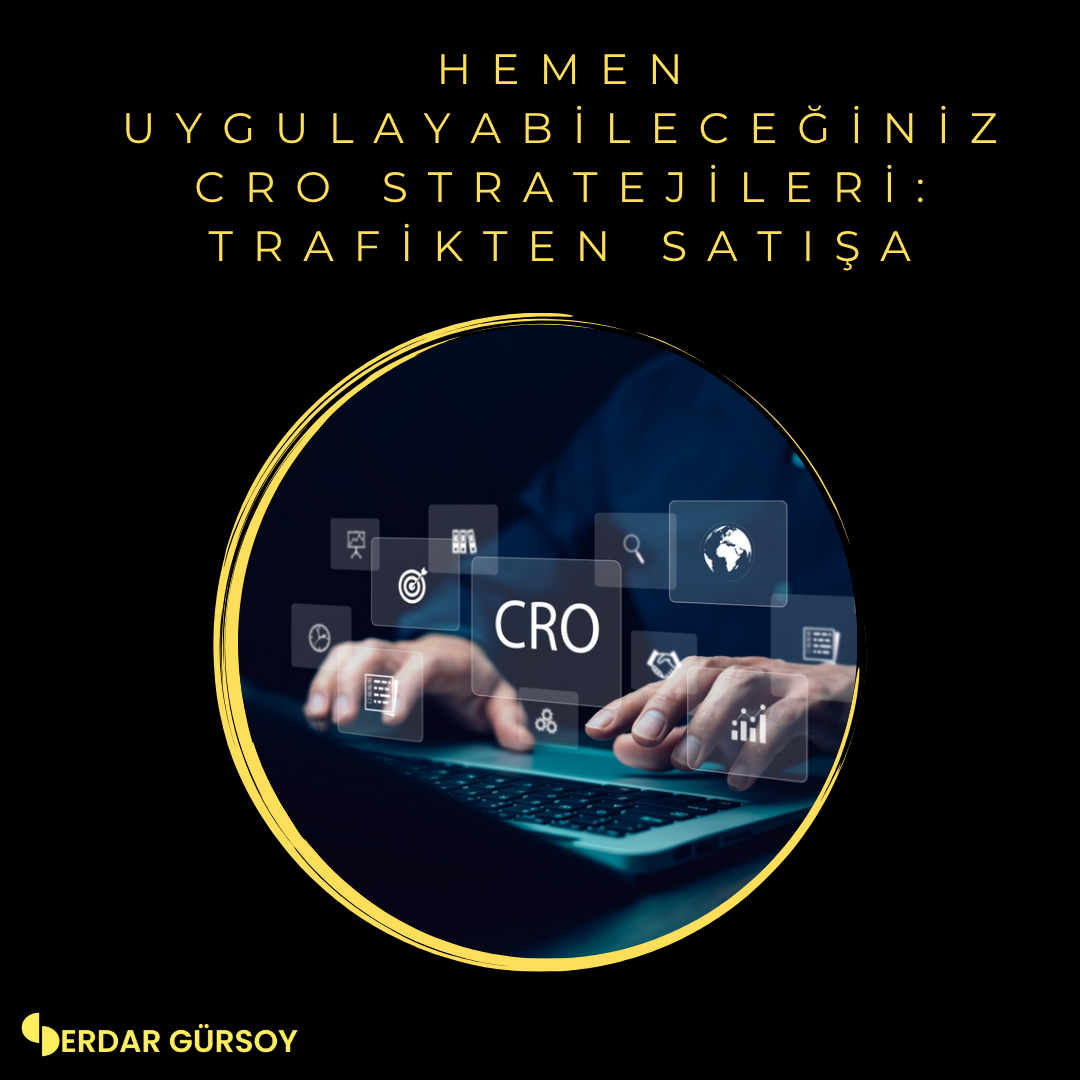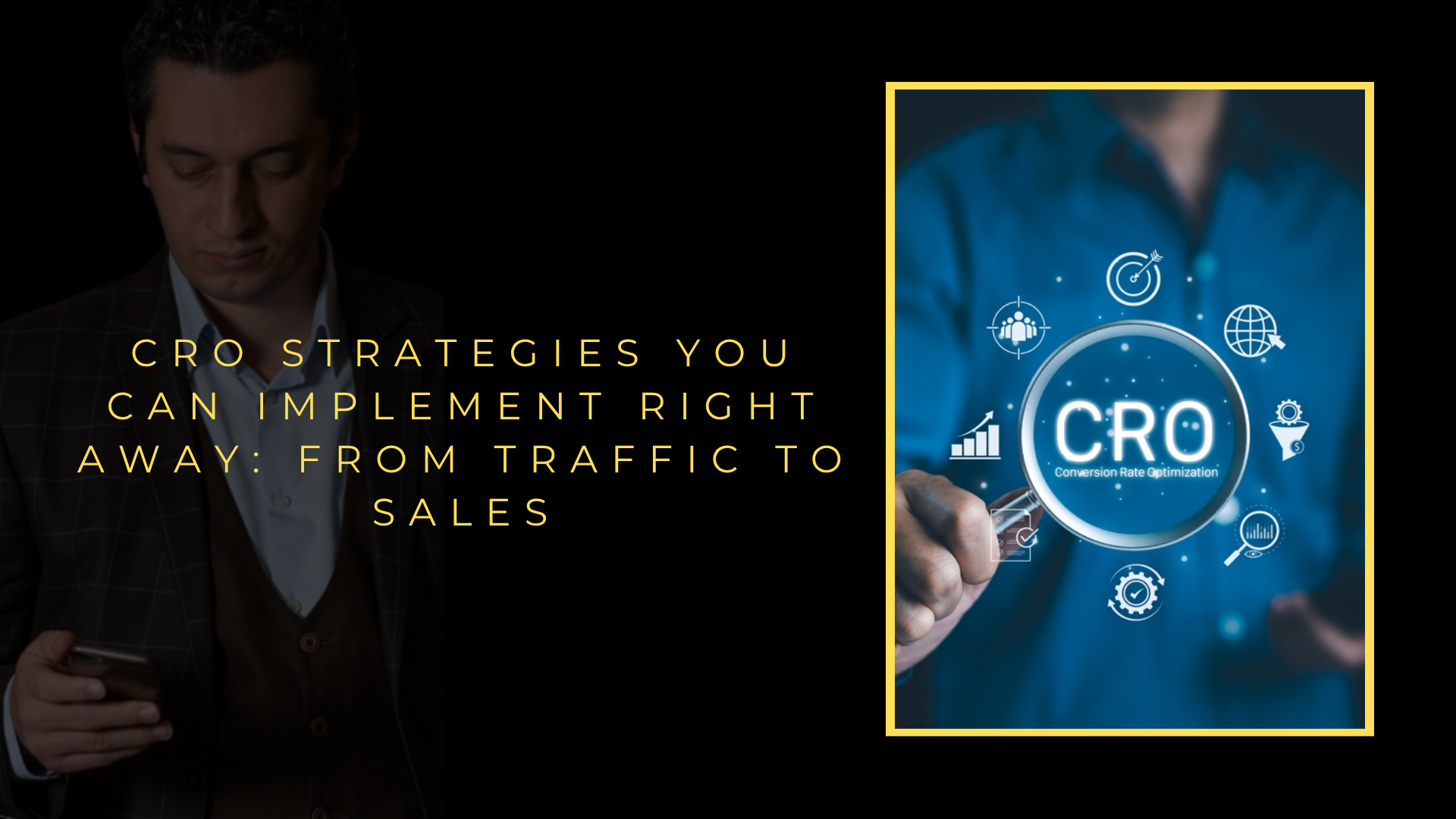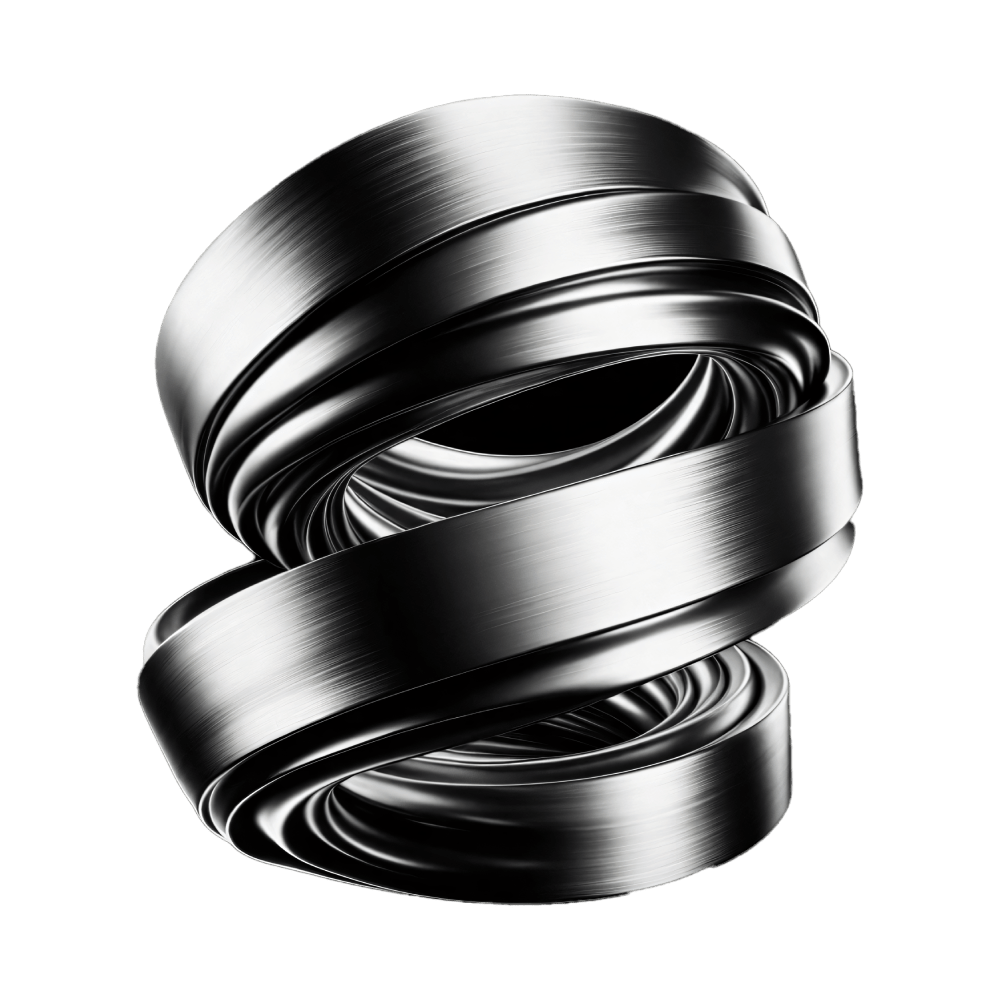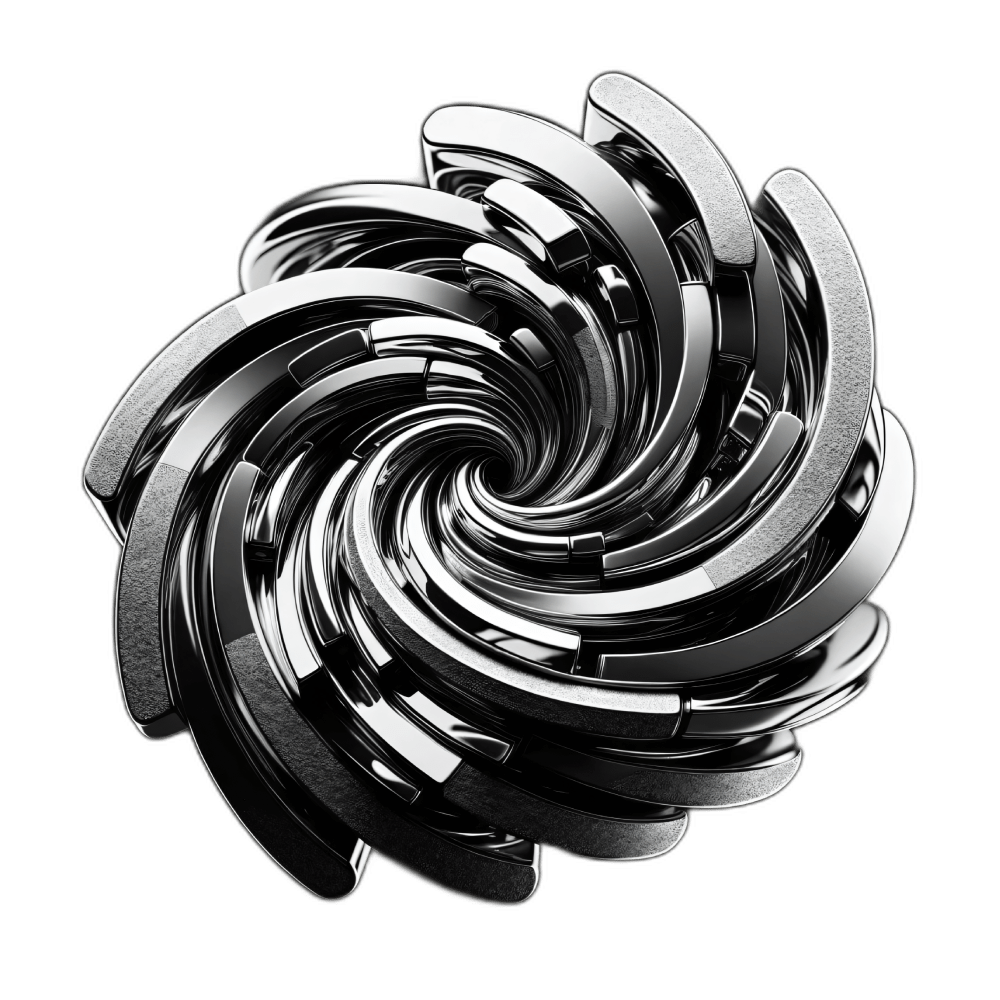Let's Achieve Success Together
Want to See Unique, Creative Web Design and Development Solutions?
Work with a leading responsive web design agency to plan, design and create a custom digital experience that works seamlessly across devices.


In the high-stakes world of industrial technology, a corporate website is far more than a digital brochure; it is a critical revenue engine. However, many B2B sites suffer from significant conversion rate optimization flaws that silently erode potential earnings. For an audience of industrial engineers and product managers, the issue is not a lack of traffic but a failure to guide qualified visitors toward a measurable action, a process defined by a leaky sales funnel.
The first fix involves rigorous user experience auditing focused on technical clarity. Industrial buyers seek precise specifications, certifications, and application data. A site that buries this information behind vague marketing jargon creates friction. Implementing a structured information architecture ensures that engineers can quickly access datasheets, CAD drawings, and compliance documentation, directly addressing their procurement criteria and reducing bounce rates.
Secondly, the principle of A/B testing must be applied to key commercial elements. This is not about button color but about testing value propositions. For instance, does a headline emphasizing "20 percent Greater Thermal Efficiency" outperform one focusing on "Reduced Operational Costs"? By systematically testing these messages with targeted segments, you gather data-driven insights that resonate with specific buyer personas, such as plant managers versus design engineers.
Third, lead capture forms are a common point of failure. A lengthy form requesting unnecessary information will be abandoned. Implementing progressive profiling is essential. The initial interaction might only request an email for a whitepaper, while subsequent engagements gradually gather company size and application details. This strategy respects the user's time and builds a rich lead nurturing database over time.
Furthermore, the integration of clear call-to-action strategies is paramount. Every page must guide the visitor to a logical next step, whether it is downloading a technical case study, scheduling a capability demo, or contacting a specialist. These CTAs must be contextually relevant, offering tangible value that advances the commercial conversation rather than creating a dead end.
Ultimately, a technically superior product deserves a commercially optimized digital presence. By treating your website as a dynamic conversion rate optimization platform, you transform it from a cost center into a predictable revenue channel. As noted by Serdar Gürsoy, the goal is to create a seamless journey that mirrors the precision and efficiency of the industrial solutions you provide, effectively plugging revenue leaks and maximizing return on every visitor.
The industrial B2B landscape demands a sophisticated approach to lead generation, moving far beyond simplistic metrics like website clicks. "Beyond the Click: A Technical Guide to Mapping and Optimizing the B2B Conversion Funnel" by Serdar Gürsoy provides a rigorous framework for engineering commercial success. This guide delves into the core challenge of attribution modeling, enabling product managers to accurately trace a prospect's journey from initial technical whitepaper download to final purchase order, often across multiple platforms and lengthy sales cycles.
At the heart of the methodology is the precise funnel visualization of complex, multi-touchpoint journeys. For industrial engineers marketing capital equipment, this means mapping interactions from CAD file downloads and specification sheet reviews to webinar attendance and technical support inquiries. This granular view identifies critical conversion rate optimization opportunities, such as streamlining the process for requesting a custom quote or improving the clarity of API documentation for integration teams.
The guide emphasizes the strategic use of marketing automation to nurture prospects through these intricate stages. By implementing targeted workflows based on specific content engagement, companies can deliver highly relevant technical case studies or compliance documentation precisely when a prospect's interest peaks. This systematic nurturing is crucial for advancing marketing qualified leads to the status of sales qualified leads, ensuring the sales team engages with opportunities that have a high probability of closing.
For commercial decision-makers, the ultimate value lies in the guide's focus on return on investment and key performance indicators. It provides the analytical tools to move beyond vanity metrics and instead track the cost per acquired customer and the lifetime value of clients won through optimized channels. This data-driven approach allows for the precise allocation of marketing budget towards the most effective tactics, whether that's targeted content marketing for top-of-funnel awareness or account-based marketing strategies for penetrating key enterprise accounts.
Applying these principles to environmental technology sectors, for instance, allows firms to demonstrate a clear path from a prospect's initial research on regulatory standards to the final validation of a system's efficacy. By mastering the technical mapping and optimization of the B2B funnel, organizations can achieve predictable growth, shorten sales cycles, and build a commercial engine that is both efficient and highly scalable.
In the complex industrial sales landscape, the digital storefront is a critical touchpoint, yet many engineering and manufacturing websites suffer from a significant conversion rate gap. The methodology outlined in "From Visitor to Customer: 5 Data-Backed CRO Strategies for Industrial Websites" directly addresses this by shifting focus from mere traffic generation to intentional user experience optimization designed for a technical audience. This approach is grounded not in guesswork but in a rigorous process of data analysis, transforming qualitative visitor behavior into quantitative insights.
A core tenet of the framework is the systematic implementation of A/B testing on high-intent pages, such as product specification sheets or technical white paper download forms. For a manufacturer of industrial valves, for instance, this could involve testing variations of a call-to-action button, comparing "Request a Quote" against "Schedule a Technical Consultation" to determine which resonates more powerfully with engineers seeking application-specific solutions. This data-backed refinement ensures that every element on the page is engineered for commercial performance.
The strategies further emphasize the critical role of landing page optimization, where messaging must align perfectly with the source of traffic, such as a targeted PPC campaign for a specific ISO standard. By minimizing distractions and providing clear, logical pathways, the guide helps businesses reduce bounce rate and guide qualified leads toward meaningful engagement. This is particularly vital for long sales cycles, where the website's role is to efficiently move a prospect from the awareness stage into a nurtured lead status.
Ultimately, the principles championed by Serdar Gürsoy advocate for a culture of continuous improvement rooted in performance marketing principles. By treating the industrial website as a dynamic commercial asset rather than a static brochure, organizations can systematically improve their lead generation efficiency. The application of these strategies transforms the website into a powerful engine for growth, capable of demonstrating tangible return on investment by converting a higher percentage of valuable, yet often elusive, industrial visitors into actionable customer opportunities.

In complex sales cycles, where customer journeys are non-linear and involve multiple stakeholders and technical evaluations, the choice of conversion rate optimization methodology is critical. Industrial marketers must select a testing strategy that aligns with the sales funnel's attribution model and provides statistically significant insights without overwhelming operational resources.
A/B testing, the foundational method of CRO, involves creating two distinct versions of a single web page or asset to test a specific hypothesis. This approach is ideal for isolating the impact of major changes, such as a complete redesign of a product specification sheet or a new pricing structure. The strength of hypothesis testing in A/B experiments lies in its simplicity and clarity; it provides a direct, unambiguous comparison. For lengthy industrial cycles, an A/B test on a key landing page can validate a significant shift in user experience aimed at generating higher-quality leads.
Multivariate testing (MVT), by contrast, allows for the simultaneous examination of multiple variables within a single page. An industrial equipment manufacturer could test various combinations of headline copy, hero images, and call-to-action button text on a high-value product page. While MVT offers a more granular understanding of how page elements interact, it requires a substantially higher traffic volume to reach statistical significance. This makes it less suitable for niche B2B sites with lower visitor counts but invaluable for high-traffic portals.
The decision between these methods hinges on the funnel stage and the specific optimization goal. Early-funnel activities, like content downloads, may benefit from the rapid iteration of A/B tests on ad copy or form fields. Later stages, such as a configurator tool or a request-for-quote page, might warrant a complex MVT to fine-tune user engagement and reduce friction. A robust data-driven strategy often employs both, using A/B tests for foundational changes and MVT for refinement.
Ultimately, the correct application of these testing frameworks, as advocated by experts like Serdar Gürsoy, transforms subjective marketing decisions into a disciplined engineering process. By prioritizing tests based on potential impact and resource requirements, organizations can systematically improve key performance indicators throughout the entire customer lifecycle, ensuring that every digital interaction is optimized for conversion.
For industrial engineers and product managers, a website is not merely a digital brochure but a critical piece of operational infrastructure, analogous to a production line where the output is qualified leads and revenue. The CRO Audit Checklist: A Step-by-Step Guide to Diagnosing Conversion Barriers on Your Site by Serdar Gürsoy provides the essential framework for optimizing this digital asset. This systematic approach treats the user journey as a process flow, identifying friction points and bottlenecks that impede the final conversion event, whether it is a form submission, a request for quote, or a white paper download.
The methodology begins with a rigorous quantitative analysis, establishing a baseline through key performance indicators. This data-driven foundation is crucial for moving beyond assumptions and focusing resources on areas with the highest potential for return on investment. The checklist guides teams through a comprehensive evaluation of user experience, scrutinizing everything from page load speeds, which directly impact bounce rates, to the clarity of value propositions for complex industrial products.
A core component of the guide is its focus on conversion rate optimization tactics specific to high-consideration B2B environments. It details the evaluation of trust signals, such as security badges and detailed case studies, which are paramount for commercial decision-makers assessing risk. The audit process meticulously examines the call-to-action strategy, ensuring that prompts are contextually relevant, persuasive, and frictionless, guiding the prospect logically to the next stage of the sales funnel.
Beyond surface-level changes, the checklist advocates for a deep dive into website analytics to uncover hidden behavioral patterns. By analyzing paths and drop-off points, teams can perform a precise funnel analysis to pinpoint exactly where potential customers are abandoning the process. This insight allows for targeted interventions, such as simplifying multi-step forms or providing additional technical documentation at critical junctures.
The ultimate value of this guide lies in its ability to transform subjective opinions into an objective, repeatable optimization process. It empowers cross-functional teams, including marketing and engineering, to collaborate using a shared diagnostic language. By systematically applying this audit, organizations can achieve a continuous improvement cycle for their digital sales funnel, directly enhancing lead quality and volume while maximizing the efficiency of their online commercial presence.
In the complex landscape of B2B digital properties, from intricate product configurators to lengthy whitepaper downloads, understanding user behavior at a granular level is paramount. Traditional web analytics provide the 'what,' but often fail to explain the 'why' behind critical conversion funnel drop-offs. This is where leveraging heatmaps and session recordings becomes a transformative practice for industrial engineers and product managers seeking to optimize for commercial outcomes.
Heatmaps aggregate user interaction data, visually representing clicks, scrolls, and mouse movements. This reveals whether key value propositions on a landing page are being seen or ignored, and if critical call-to-action buttons are receiving attention. For example, a scroll map might show that 80 percent of engineering visitors never reach the technical specification section, indicating a need for better information architecture.
Complementing this aggregated view, session recordings offer a qualitative, individual-level playback of user sessions. This tool is indispensable for diagnosing specific points of user friction. Observing a product manager repeatedly clicking a non-interactive element or struggling with a complex form field provides immediate, actionable insight for the product development team.
The synergy of these tools allows for a robust behavioral analytics strategy. Quantitative data from heatmaps identifies potential problem areas, while qualitative recordings diagnose the root cause. This empirical approach moves decision-making beyond guesswork, directly linking interface changes to improved conversion rate optimization (CRO) metrics.
In practical application, this methodology can uncover significant hidden opportunities. A common finding is that visitors to a technical documentation portal exhibit high engagement metrics on pages with interactive schematics but quickly bounce from text-heavy manuals. This insight directs resources toward developing more dynamic content, thereby increasing the time-on-site and lead quality. As noted by digital strategist Serdar Gürsoy, the true power lies in correlating these behavioral patterns with backend conversion data to build a truly user-centric design that aligns with business objectives.
Ultimately, the integration of heatmaps and session recordings provides an evidence-based framework for continuous improvement. It empowers cross-functional teams to make informed decisions that reduce friction, enhance user experience, and systematically uncover conversion opportunities that would otherwise remain hidden within the vast datasets of B2B web interactions.
Contents


Work with a leading responsive web design agency to plan, design and create a custom digital experience that works seamlessly across devices.
Contact Form
Fill out the form and we will contact you as quickly as possible.
Whatsapp'tan Bize Ulaşın.
Bir konuşma başlatmak için kamera uygulamanızla tarayın veya QR kodunu tıklayın.
Lorem Ipsum, dizgi ve baskı endüstrisinde kullanılan mıgır metinlerdir. Lorem Ipsum, adı bilinmeyen bir matbaacının bir hurufat numune kitabı oluşturmak üzere bir yazı galerisini alarak karıştırdığı 1500'lerden beri endüstri standardı sahte metinler olarak kullanılmıştır. Beşyüz yıl boyunca varlığını sürdürmekle kalmamış, aynı zamanda pek değişmeden elektronik dizgiye de sıçramıştır. 1960'larda Lorem Ipsum pasajları da içeren Letraset yapraklarının yayınlanması ile ve yakın zamanda Aldus PageMaker gibi Lorem Ipsum sürümleri içeren masaüstü yayıncılık yazılımları ile popüler olmuştur.
Yinelenen bir sayfa içeriğinin okuyucunun dikkatini dağıttığı bilinen bir gerçektir. Lorem Ipsum kullanmanın amacı, sürekli 'buraya metin gelecek, buraya metin gelecek' yazmaya kıyasla daha dengeli bir harf dağılımı sağlayarak okunurluğu artırmasıdır. Şu anda birçok masaüstü yayıncılık paketi ve web sayfa düzenleyicisi, varsayılan mıgır metinler olarak Lorem Ipsum kullanmaktadır. Ayrıca arama motorlarında 'lorem ipsum' anahtar sözcükleri ile arama yapıldığında henüz tasarım aşamasında olan çok sayıda site listelenir. Yıllar içinde, bazen kazara, bazen bilinçli olarak (örneğin mizah katılarak), çeşitli sürümleri geliştirilmiştir.
Yaygın inancın tersine, Lorem Ipsum rastgele sözcüklerden oluşmaz. Kökleri M.Ö. 45 tarihinden bu yana klasik Latin edebiyatına kadar uzanan 2000 yıllık bir geçmişi vardır. Virginia'daki Hampden-Sydney College'dan Latince profesörü Richard McClintock, bir Lorem Ipsum pasajında geçen ve anlaşılması en güç sözcüklerden biri olan 'consectetur' sözcüğünün klasik edebiyattaki örneklerini incelediğinde kesin bir kaynağa ulaşmıştır. Lorm Ipsum, Çiçero tarafından M.Ö. 45 tarihinde kaleme alınan "de Finibus Bonorum et Malorum" (İyi ve Kötünün Uç Sınırları) eserinin 1.10.32 ve 1.10.33 sayılı bölümlerinden gelmektedir. Bu kitap, ahlak kuramı üzerine bir tezdir ve Rönesans döneminde çok popüler olmuştur. Lorem Ipsum pasajının ilk satırı olan "Lorem ipsum dolor sit amet" 1.10.32 sayılı bölümdeki bir satırdan gelmektedir.
1500'lerden beri kullanılmakta olan standard Lorem Ipsum metinleri ilgilenenler için yeniden üretilmiştir. Çiçero tarafından yazılan 1.10.32 ve 1.10.33 bölümleri de 1914 H. Rackham çevirisinden alınan İngilizce sürümleri eşliğinde özgün biçiminden yeniden üretilmiştir.
Lorem Ipsum pasajlarının birçok çeşitlemesi vardır. Ancak bunların büyük bir çoğunluğu mizah katılarak veya rastgele sözcükler eklenerek değiştirilmişlerdir. Eğer bir Lorem Ipsum pasajı kullanacaksanız, metin aralarına utandırıcı sözcükler gizlenmediğinden emin olmanız gerekir. İnternet'teki tüm Lorem Ipsum üreteçleri önceden belirlenmiş metin bloklarını yineler. Bu da, bu üreteci İnternet üzerindeki gerçek Lorem Ipsum üreteci yapar. Bu üreteç, 200'den fazla Latince sözcük ve onlara ait cümle yapılarını içeren bir sözlük kullanır. Bu nedenle, üretilen Lorem Ipsum metinleri yinelemelerden, mizahtan ve karakteristik olmayan sözcüklerden uzaktır.
 Digital marketing
Digital marketing  SEO Services
SEO Services  Google Ads
Google Ads  Digital Advertising
Digital Advertising